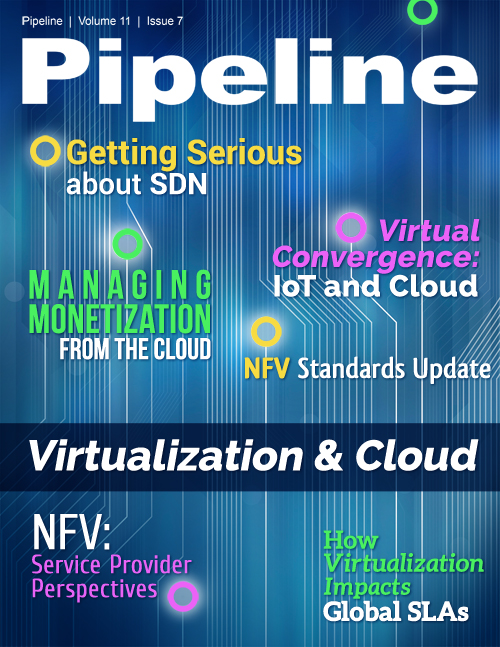Managing Monetization from the Cloud
By: Robert Barrows

Enterprises and digital service providers are facing unprecedented revenue growth opportunities in 2015 and beyond, driven in large part by the explosion of services addressing the needs of today’s hyper-connected user. Customer preferences are quickly shifting from an explicit set of product offerings to an infinite array of “on-demand” services, “always open” store fronts, and “accessible anywhere” delivery channels.
An obvious example of this shift is in the connected industries, where virtual goods and virtually procured goods are no longer viewed as simply boxed products purchased as a one-time sale, but rather a personalized service that can be acquired on a subscription basis or combination of sale types.
But it is not just the explosion of subscription services billed in a relatively routine fashion that is changing how businesses are monetizing their products. It is also the growing demand for a new breed of pay-as-you-go services that are packaged and priced in a more dynamic offering. Consumers are expecting personalized choices, at their convenience, in a seamless purchasing experience. This trend has businesses struggling to keep up with not just making their services available, but promoting the right service at the optimal time.
The organizations that effectively identify their consumers’ constantly changing expectations, adapt their business systems to properly deliver, and swiftly capitalize on these new business monetization opportunities, will be the ones that gain critical competitive advantage.
However, satisfying users’ growing demands for these sorts of new services and innovations comes at a cost. This includes the challenges of keeping pace with the operation and maintenance of back- and front-office systems that are necessary to support the demands of customized, always-on, and constantly evolving services. These digital and connected services are also being launched into an increasingly price-sensitive competitive landscape, amidst a customer base that no longer holds a strong allegiance to its suppliers.
As a result, enterprises and digital service providers may fear they are being hindered from embracing all that the connected universe has to offer.
Optimizing the revenue opportunities of this new economy type that is taking shape -- a combined subscription and consumption business model -- requires a sophisticated monetization engine. This monetization engine should support dynamic rating and pricing models, robust order processing, track variable usage, properly bill for services, analyze utilization patterns, and uncover new business opportunities – all while being future-proofed for a growing enterprise and a constantly evolving consumer.
These features are essential because they ensure seamless revenue optimization, while encouraging customer retention and deeper customer penetration and loyalty. They are also a practical necessity, as today’s B2C and B2B businesses must maintain an “always open” operation that caters to the 24x7 needs of the global customer.
Many forward-looking organizations are turning to the cloud as a way to manage their billing and customer care solution. The cloud offers them the choice to either outsource their entire operation or leverage a Software-as-a-Service (SaaS) model to benefit from new technologies that deliver out-of-the-box agility and optimal operational costs. Both offer the sort of robust monetization engine the connected world requires.
A cloud-based strategy offers organizations numerous benefits. These include keeping their focus on their customer and delivering solutions more quickly and cost effectively via a tailored approach that meets their specific business needs and offers the flexibility and scalability to keep pace with their customers’ constantly expanding needs.
As cloud operational designs become more mainstream, there are many reasons for enterprises and service providers to make the leap to flexible, scalable and cost-effective cloud operations that allow them to free up time and resources, while enjoying the benefits of the most advanced technology solutions. Let’s look at four key reasons organizations should consider a cloud-based approach.



















